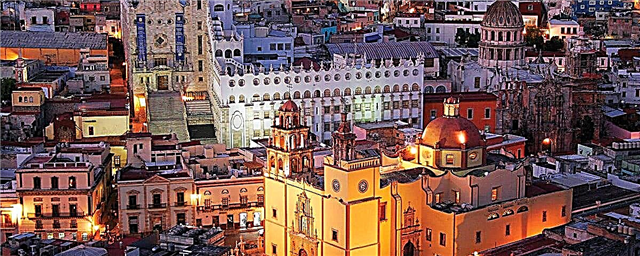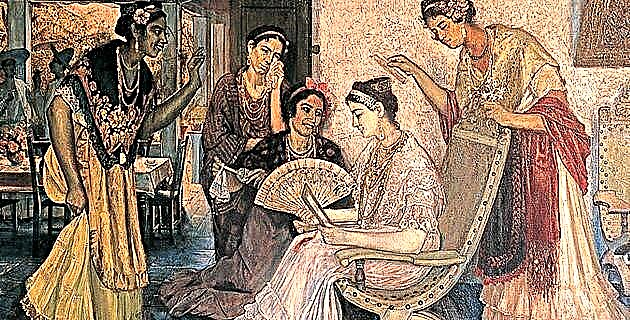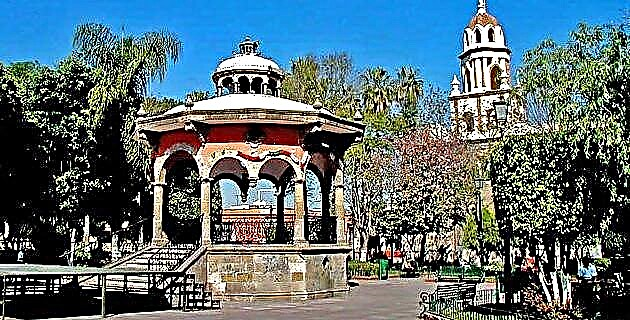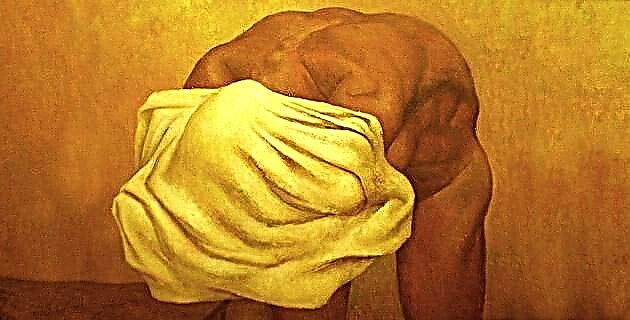
Guillermo Meza Álvarez-son of Melitón Meza García, a purebred Tlaxcala native dedicated to tailoring, and Soledad Álvarez Molina-was born on September 11, 1917 in Mexico City, the year in which the poet Guillaume Apollinaire gave value to the word "surrealism"; This concept was later used by André Bretón in his First Manifesto of Surrealism, published in 1924.
Guillermo entered primary school in 1926 and three years later, strongly attracted by music, began studying various instruments, concluding his apprenticeship at age 19. Another of his passions was drawing (he had been doing it since he was 8 years old), for which he attends the Night School of Art for Workers no. 1. There he took classes in engraving with the teacher Francisco Díaz de León and drawing with Santos Balmori, with whom he traveled to the city of Morelia in 1937 as an assistant. The income obtained from this work is used to continue studying painting at the Spain-Mexico School. In this institution he meets Josefa Sánchez (“Pepita”), whom he married in 1947, having four children: Carolina, Federico, Magdalena and Alejandro. "Pepita" died on May 6, 1968 at her home in Contreras. In 1940, the muralist Diego Rivera presented him, by letter, to Inés Amor, director of the Mexican Art Gallery, who organized his first exhibition for him.
Guillermo Meza began his painting in expressionism, as a symbol of rupture and claim against society. During his evolution in art, he went from the negation of Dadaism (intellectual revolt against society) to post-Dadaist affirmation (imaginative liberation): from pure anarchism to a positively realizable freedom.
His creative and positive spirit allowed him to overcome the rebellious character of youth and adopt a clear revolutionary position, such as surrealism that is based on responsible freedom. Through this conciliatory means of conscience, he was able to express himself fully, facing reality with his own truth.
As a great admirer of Breton -spiritual guide of the surrealist movement- and Freud -theorist of individual freedom-, he arrives at poetic surrealism, a spiritual synthesis where everything is fantasy, without reaching the distorting extremes of Salvador Dalí.
"Change your life," said Rimbaud; "Transform the world," added Marx; "It is necessary to dream", affirmed Lenin; "It is necessary to act", concluded Goethe. Guillermo Meza does not intend to change life or transform the world, but he does dream through the active and fantastic dreamlike of his painting, an essential part of his life, working intensely on his eternal and critical denunciations of the cultural and economic abandonment of the long-suffering indigenous people. .
Guillermo has exceeded the limits of his profession: he possesses a knowledge, not empirical, but vivid and deep, of indigenous magical thinking - inherited from his Tlaxcala ancestors in the Sierra de Puebla - that transcends suffering and the non-masochistic acceptance of pain.
After his fleeting life, there exists for this artist the myth and the mystery of the beyond, a mystery that he tries to unravel through his almost always surrealistic figurations, but also symbolic-fantastic.
Guillermo Meza paints in the extreme hieraticism of his characters, the discouragement of a race worn down by ancestral abandonment and continuous and systematic exploitation. Race that takes refuge in what little it has left: its myths and magic (manifested in syncretic religious celebrations) equally worn. These are a refuge because the indigenous people find themselves in the middle of two forms of faith that they can no longer fully accept, because they do not receive true spiritual support from them. Consequently, they are attracted to other philosophies that gradually leave them more empty and isolated from their environment.
All these painful and changing socio-cultural aspects of his race are recorded by Guillermo Meza with his fairy and theurgic brush: faces impregnated with arcane mysticisms, covered with lying masks, headdresses with archaic and animal helmets; faces with seemingly absent eyes, but terribly sharp and searching. Bodies covered with thick mantles, covered with volatile layers of feather or bubbling sea foam; bodies dressed in unlikely armor made with secret and unknown materials. Dancing human bodies in impossible postures; recumbent mutilated bodies suffering terrible torments; bodies cruelly strung on the sharp stalks of a maguey or exquisite female bodies in suggestive and erotic attitudes.
Fantasy landscapes that look more like from other galaxies. Night views of luminous cities. Sudden meteorites translated into famous UFOs. Foggy and volatile mountains. Past pyramids of ancient and forgotten cultures emerging from steamy and shifting fronds.
Through his wonderful art, Guillermo Meza gets in tune with the universe. With his powerful creative vision, he prefigures his hallucinations and chimeras: entelechies pregnant with mystery, icons of unreality that are true in his complex spirit.
On the canvas he projects his eidetic images, fictions previously conceived and invented in his fertile consciousness, through which he establishes his own symbols; signs that acquire significance when we become aware of his prolific magical thinking, thus communicating his dreamlike fantasy and venting his particular and rich spiritual harmony onto the canvas.
His musical knowledge allowed him to include in his painting rich rules of composition, rhythm and harmony, aspects that make it more understandable if we see it and “hear it” as a musical poem made from strong contrasts and counterpoints, according to the forms, contrasting colors and sounds.
His pictorial work has an infinite range of colors, through which he achieves rich varieties of visual "sounds" and "silences". Starting from a dominant tone, it harmonizes and complements the resonance of the surrounding shapes and colors. Guillermo Meza's palette is as sonorous and magical as his thought, a worthy complement to his creative spirit.
Painting to be contemplated and understood, whose content oscillates between the magical, the terrible, the playful and the sensual; dreamy and fantasy painting that Guillermo Meza's active conception gives us as beautiful and rhythmic visual poetry, in harmonious combination with its fiery and voluptuous tropical colors.
Eminently nationalist, Guillermo Meza's work transcends for its universal content, for his thought and human message of positive acceptance of suffering and for his constant search for peace. Hoping to create something valid for being sincere, this artist makes his craft a rite from which new, mythical and eternal images emerge because they act within the perennial and infinite.











